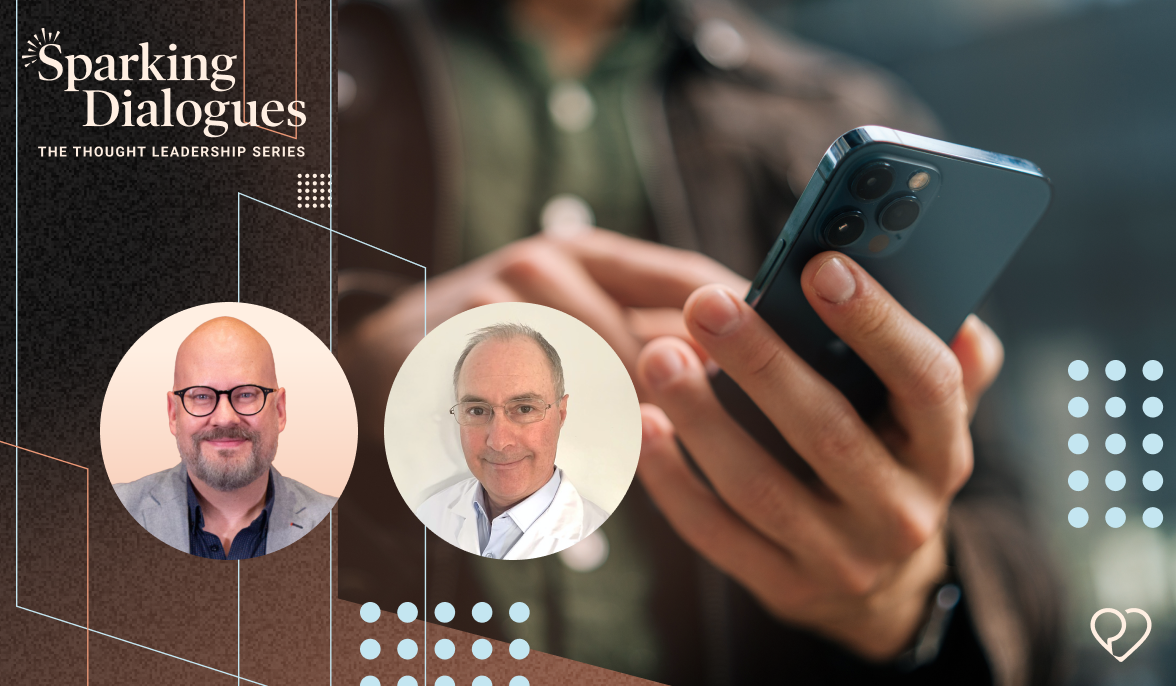Unconscious biases and microaggressions have a serious impact on your employees’ well-being. Talking about them can be hard and uncomfortable, but these candid conversations are essential if you want to foster a safe work environment. Let’s examine what microaggressions look like in the workplace and how to address them.
What are microaggressions?
Microaggressions are comments or actions that subtly communicate a prejudiced attitude toward a marginalized group. They happen in everyday interactions and stem from unconscious biases related to age, gender, sexuality, race or nationality, socioeconomic or financial status, physical or mental disability, or religious beliefs.
Unlike with more overt forms of discrimination, people who commit microaggressions often don’t realize they’ve done anything wrong and may not be aware of the impact of their behaviour. But intentional or not, these subtle slights and insults take a serious toll on those on the receiving end of them, and have a detrimental effect on work environments.
What do microaggressions at work look like?
Microaggressions can be grouped into three broad categories: verbal, behavioural, and environmental.
Verbal microaggression consist in saying or implying something disrespectful or offensive in relation to a person’s identity. These comments aren’t necessarily meant to be insulting; in fact, they’re sometimes intended to be complimentary. Here are a few examples of verbal microaggressions in the workplace:
-
Deliberately not using a colleague’s preferred pronouns
-
Complimenting a non-white colleague on how well they speak English or French under the assumption they weren’t born and raised in Canada
-
Telling a colleague they don’t look like they’re gay
Behavioural microaggressions are insensitive or dismissive actions based on biases related to someone’s identity. Examples include the following:
-
Assuming an older colleague doesn’t understand technology
-
Men ignoring or talking over female colleagues during a meeting
-
Avoiding someone with a disability out of fear of saying the wrong thing
Environmental microaggressions invalidate a person’s identity or contribution through lack of representation, diversity, and inclusion. They can take various forms:
-
Not hiring women or people of colour for leadership roles
-
Failing to ensure accessibility for people with disabilities in the office and at work-related events
-
Paying men more than women for doing the same job
How do microaggressions impact your organization?
Research suggests that subtle discrimination is just as harmful as overt discrimination, with serious consequences for mental health and well-being. People subjected to microaggressions may experience increased stress, anxiety, depression, and anger, which can lead to decreased productivity and burnout.
Microaggressions also create a hostile work environment by making people feel invalidated or like they don’t belong. This can prevent your employees from reaching their full potential at work and perpetuate a culture of exclusion. For instance, a woman who regularly overhears her male colleagues making sexist jokes might decide against applying for a promotion that would put her in charge of the team.
How can you address microaggressions in the workplace?
Here are five steps you can take to combat microaggressions and build a more inclusive workplace:
1. Recognize your own biases
Identifying your unconscious biases is challenging, but there are tools that can help, such as implicit association tests. Be vigilant of your biases when you’re interacting with people. Pause before you speak and consider how your words might be perceived by others.
2. Educate yourself
Learn about the experiences of marginalized communities and peoples. The more you learn about those who are different from you, the less likely you are to be influenced by stereotypes.
Start by doing your own research rather than asking those who belong to marginalized groups to explain things; it’s not their job to educate you. However, if someone chooses to share their perspective with you, be sure to listen. You can also learn by closely observing how people who are different from you are treated at work.
3. Reinforce psychological safety
Psychological safety is the belief that you can speak up without being punished or humiliated. Make sure employees from marginalized groups feel they can be their authentic selves at work without fear of repercussions.
As an employer, you can create a culture of psychological safety by leading by example. Encourage team members to share their thoughts, especially those who don’t speak up often. Practise active listening and show empathy. If someone behaves in a way that discourages others from speaking up, intervene.
4. Plan bias training
Ideally, unconscious bias training will not only raise awareness about biases and how they impact behaviour and decision-making, but also teach participants how to act on that awareness.
5. Implement a process for dealing with microaggressions
Having a formal process in place signals to your employees that you take microaggressions seriously. When an employee reports a microaggression, acknowledge the severity of the situation and reassure them that they are safe and supported. Discuss what actions need to be taken in response to what happened and how similar incidents might be prevented in the future, and follow through on these plans.
How Dialogue can help you overcome microaggressions
Developing a greater awareness of biases and implementing a process for responding to microaggressions are essential for fostering a more inclusive workplace and a healthier, happier team.
Dialogue can also support you in this process by providing your employees with mental health care. This includes access to mental health specialists who can help those who have experienced microaggressions manage undue stress and anxiety. Employees can also benefit from self-led cognitive behavioural therapy to strengthen their sense of well-being. What’s more, the Dialogue app allows members to use their chosen first name and preferred gender identity, encouraging people to be their authentic selves when they access our services.
Access mental health resources




 Canada (EN)
Canada (EN)
 Global (EN)
Global (EN)







